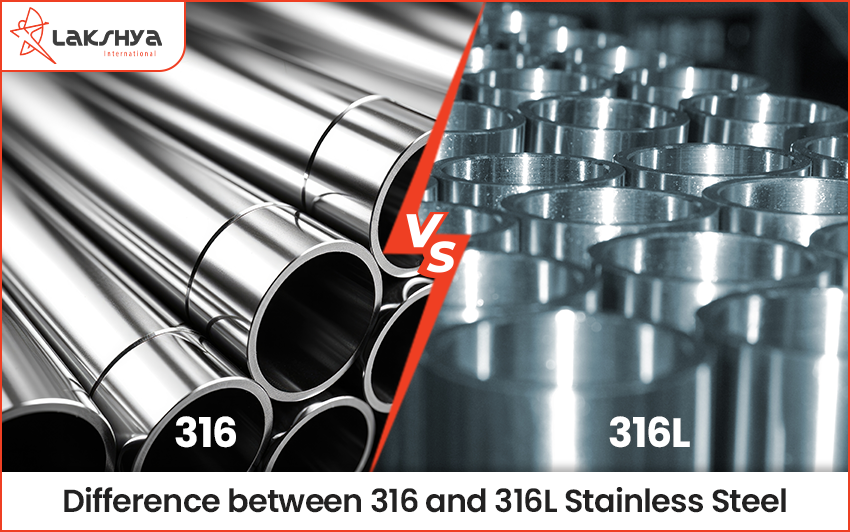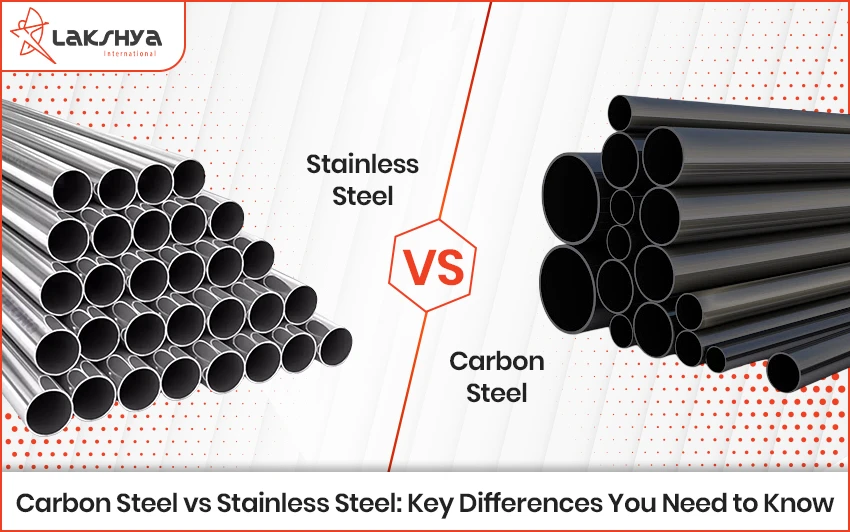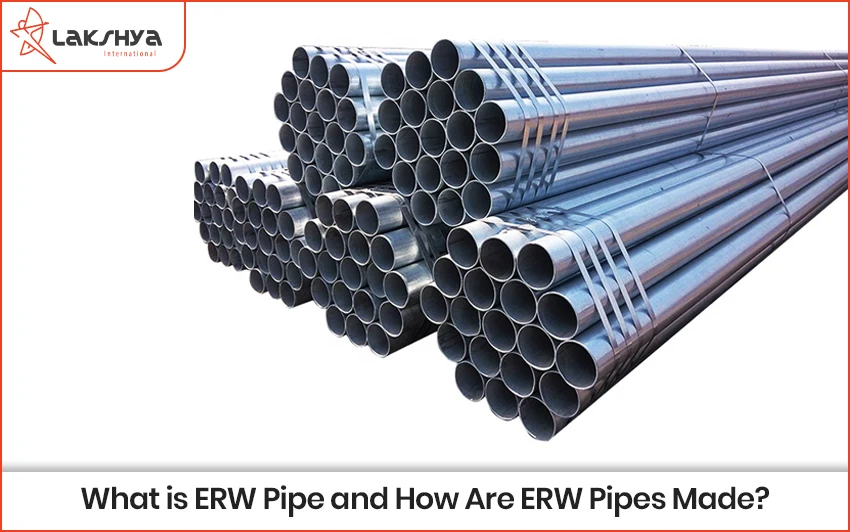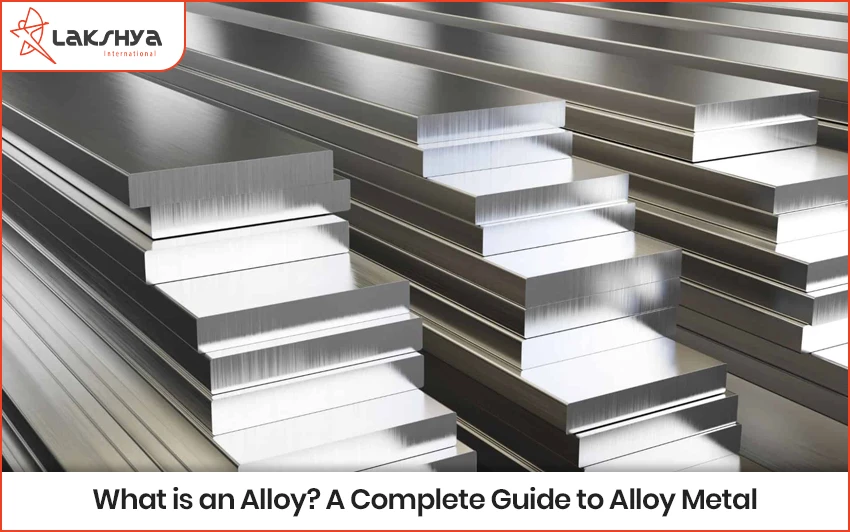316 and 316L stainless steel are both excellent at resisting corrosion. The main difference is that 316L has lower carbon content, making it better for welding and high-temperature environments. While both are strong and durable, 316L is often preferred for welding projects due to its enhanced resistance to cracking.
To explore the distinctions in price, uses, and corrosion resistance for various materials.
What is 316 Stainless Steel?

316 Stainless Steel is an austenitic chromium-nickel alloy with added molybdenum, offering high corrosion and oxidation resistance. This makes it ideal for environments requiring sterility, such as medical equipment. It is technically known as UNS S31600 and is composed of 16–18% Chromium (Cr), 11–14% Nickel (Ni), and 2.0–3.0% Molybdenum (Mo). Like other stainless steels, it is 100% recyclable.
316 SS Properties:
In terms of strength, 316 stainless steel (SS) is stronger than 304, with a tensile strength elongation ratio of 25% to 40% and excellent fatigue resistance. This makes 316 SS suitable for fabrication as it remains unaffected by stress or impact. According to ASTM A240 316 vs 316L dual-certified standards, 316 SS is classified as a non-magnetic material.
When comparing 316 vs 304, it’s important to note that 304 stainless steel (AISI 304) has a maximum operating temperature of around 750°C, while 316 stainless steel can endure temperatures up to 1000°C higher than 304.
Understanding the properties of 316 stainless steel can help you select the best material for your specific needs.
Applications of 316 Stainless Steel:
Marine environment:
- 316 stainless steel is highly regarded for its better corrosion resistance, making it ideal for marine environments. It withstands long-term exposure to saline water, chlorine, salt spray, and humidity without damage. This makes 316 SS perfect for underwater applications where other materials might fail. It does not rust or corrode in seawater, though if rusting does occur, it is usually limited to the outer surface.
- Whether you’re dealing with harsh marine conditions or demanding industrial environments, 316 stainless steel ensures long-lasting performance and security.
Sewage Treatment Equipment:
- 316 stainless steel is widely used in sewage-treatment tanks, piping, valves, and pumps due to its economical nature. It does not require coatings or frequent cleaning, making it ideal for handling sewage efficiently.
Chemical Processing:
- In chemical processing, 316 stainless steel is utilized for tanks and vessels. Its excellent mechanical properties enable it to handle water, oil, chemicals like solvents, and pressurized gasses through pipes effectively.
Automotive Applications:
- 316 stainless steel is suitable for various automotive applications, including exhaust systems and metal shaping projects. It offers outstanding durability and strength, resisting oxidation even in intense sunlight and outperforming many carbon alloys in corrosion resistance.
Medical Equipment:
- 316 SS steel is a top choice for medical applications. It is used in surgical instruments, dental drills, and implants due to its high resistance to corrosion and sterility.
- With its above qualities, stainless steel 316 stands out in multiple industries for its security and performance.
Advantages and Disadvantages:
Advantages:
- Better Corrosion Resistance: Stands up better to rust and damage than other metals and regular steel.
- Strong and Flexible: More able and secure compared to many other materials.
- Non-Magnetic: Keeps its shiny look even when heated and does not attract magnets.
- Easy to Sterilize: Great for medical use because it’s easy to clean and tough.
- Recyclable: Can be recycled easily, which is better for the environment.
Disadvantages:
Limited Color and Texture Choices: Fewer options for color and surface finish compared to other materials.
| Property/Characteristic | Value/Description | Common Application | Pros/Cons |
| Composition | 16-18% Cr, 11-14% Ni, 2.0-3.0% Mo | ||
| Temperature Resistance | Up to 1000°C | Industrial applications, automotive projects | Pros: Higher heat resistance than 304 |
| Corrosion Resistance | Superior to 304 | Marine environments, chemical processing | Cons: Vulnerable to crevice corrosion in chloride environments |
| Strength | Stronger than 304 | Outdoor structures, automotive applications | Pros: Strong and ductile compared to other materials |
| Magnetic Properties | Non-magnetic | Pros: Retains original polish when heated | |
| Formability & Workability | Excellent | Fabrication, medical equipment | Pros: Great sterilization ability and resilience |
| Recyclability | 100% | Pros: Easily recycled, reducing environmental impact | |
| Cost | More expensive than other alloys | Cons: More expensive than other alloys and regular steel |
What is 316L Stainless Steel?

316L stainless steel is a grade of austenitic stainless steel, widely used in industrial and medical applications. It primarily consists of chromium (16%) and nickel (14%), with small amounts of manganese, silicon, phosphorus, and sulfur.
316L has the highest corrosion resistance of any stainless steel due to its low carbon content. This makes it ideal for diverse environments, from corrosive industrial settings to critical medical applications, such as implants that interact with body tissue or excretory systems.
With its exceptional properties, SS 316L and 316L steel ensures strength and accuracy in challenging conditions.
SS 316l Material Properties:
316L stainless steel is a highly corrosion-resistant austenitic alloy that contains at least 10.5% chromium, with levels that can exceed 17.0%. Its high nickel content provides exceptional strength, making it ideal for demanding environments compared to other alloys available today.
In addition to its better corrosion resistance, SS 316L is non-magnetic and features a low carbon content, which makes welding easier and more straightforward.
Applications of 316L Stainless Steel:
- Pharmaceuticals, Medical & Food Processing: 316L stainless steel is used in medical devices like implants and in the pharmaceutical industry because it is safe for contact with body tissues. For high-temperature cooking in food processing, the stronger 316 stainless steel is often used instead of 316L.
- Architecture: Architects prefer 316L stainless steel for its strength and security. It’s commonly used for handrails, stairs, and exterior features like wall panels, window frames, and doors. It provides weather protection and needs very little maintenance.
- Marine Applications: 316L stainless steel is ideal for marine use because it resists corrosion from seawater. It’s used in rigging equipment and water sports gear like sailboats, where it can handle tough conditions without rusting.
- Automotive Components: In cars, 316L stainless steel is used in parts like engine mounts, ball joints, and transmissions. It’s chosen because it doesn’t wear out quickly, resists corrosion, and can handle high temperatures, unlike 304 stainless steel, which can rust over time.
- Construction Applications: 316L stainless steel is a cost-effective and strong option for building facades. It’s used in cladding panels to protect buildings from rust and requires less upkeep than materials like brick or wood.
- Power Generation Industry: Power plants use 316L stainless steel because it can withstand extreme heat and pressure. It performs better than other stainless steels in these conditions and is also used in tidal power plants due to its long-lasting endurance.
- Petrochemical Applications: In the petrochemical industry, 316L stainless steel is essential for protecting equipment like pumps, tanks, and pipes from corrosive chemicals. It offers strong structural support and flexibility in high-temperature environments.
Advantages and Disadvantages:
Advantages:
- High Corrosion Resistance: Stands up well against rust and damage, especially in harsh environments.
- Strength and Security: Provides long-lasting resistance.
- Long-Term Performance: Accurate and performs consistently over time.
- Low Maintenance: Requires minimal upkeep, saving time and effort.
- Greater Weldability: Easier to weld compared to other stainless steel grades.
- Low Carbon Content: Helps in achieving strong and clean welds.
- Wide Temperature Range: Resists a broad range of temperatures, making it versatile.
- Pressurized Environments: Performs well in environments with high pressure.
- Chemical and Petrochemical Industries: Ideal for handling chemicals and petrochemicals due to its corrosion resistance.
Disadvantages:
- Higher Cost: More expensive than some other grades due to its alloy composition.
- Costly Alloy Additions: The added alloy elements increase the price.
- More Expensive Than 304: Costs more compared to 304 stainless steel.
- Not Ideal for Everyday Items: Its properties are not always necessary for common, everyday products.
- Less Suitable for Screws and Nuts: Not the best choice for screws or nuts due to its specific properties
| Attribute | Description | Pros | Cons |
| Composition | 16% Chromium, 14% Nickel, small amounts of manganese, silicon, phosphorous, and sulfur | With high corrosion resistance, carbon content is significantly lower | Higher overall costs due to added alloy concentrations |
| Properties | Excellent corrosion resistance, strength, low work hardness, and weldability | Greater weldability than other grades resists a wide temperature range | Not ideal for everyday items like screws or nuts |
| Common Applications | Industrial, medical, architecture, marine, automotive components, construction, power generation, and petrochemical | Versatile usage across various industries, reliable performance for a long time | More expensive than grades like 304 |
| Comparison to 304L Steel | Higher amounts of chromium and nickel, lower carbon content | The durability is enhanced, the resistance to corrosion reinforced and there is less need for maintenance | In certain cases, the use of properties may not be necessary for applications. |
Key Differences Between 316 And 316L
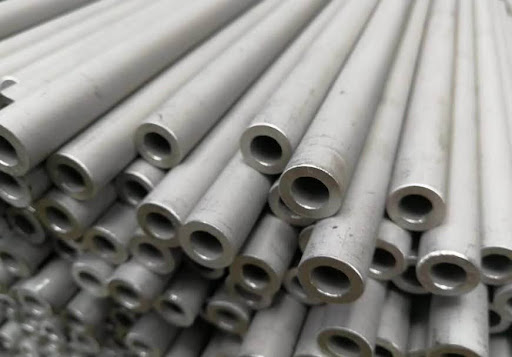
The primary difference between 316 and 316L stainless steel is their carbon content. 316 has a higher carbon level, which makes it stronger and harder, ideal for applications that require additional strength. On the other hand, 316L has less carbon, which enhances its corrosion resistance and makes it easier to weld. This lower carbon content makes 316L especially suitable for environments with severe conditions and for projects that involve frequent welding, such as medical devices and marine equipment.
Despite these differences, both 316 and 316L are widely used in various industries because each offers distinct benefits. Both alloys feature similar microstructures, contributing to their strength and flexibility. Understanding these differences can help you choose the right grade for your specific application needs.
316 SS vs 316L SS Chemical Composition:
Both 316 and 316L stainless steels contain iron, chromium, and nickel, but their compositions differ slightly. For 316 stainless steel, the chromium content is between 14-15%, while 316L contains 16-18%. The molybdenum content also varies significantly, with 316 steel having 2-3% and 316L having up to 0.03%. Additionally, the nitrogen and carbon levels differ: 316 steel has 0-0.08% carbon, while 316L has a maximum of 0.03% carbon.
The lower carbon content in 316L stainless steel, known as “low-carbon type L steel,” gives it better strength and less exposure to intergranular corrosion compared to 316 steel, which has satisfactory mechanical properties. However, neither 316 or 316L stainless steel is suitable for extremely high temperatures, as their heat resistance is limited.
Understanding the properties of 316 stainless steel can help you select the most suitable material for your specific needs.
Carbon Content:
-
- 316L stainless steel contains up to 0.03% carbon, making it easier to weld. 316 stainless steel has up to 0.08% carbon, which gives it better strength and durability.
- Type 316 can handle higher temperatures, up to 1200°C, while 316L loses strength and corrosion resistance above 800°C.
Corrosion Resistance:
-
- Both 316 and 316L stainless steels have excellent resistance to seawater. For welding or extra corrosion protection, choose 316L. For parts that are submerged in seawater, like valve components, 316 is better due to its above seawater resistance.
Weldability:
-
- 316L stainless steel is easier to weld because of its lower carbon content, which helps achieve better welds at high temperatures. However, it has slightly lower mechanical strength and corrosion resistance compared to 316.
- Use 316 stainless steel if you need extra protection against pitting and cracking during welding. 316L is suitable for projects that involve extensive heat treatment and multiple welding sessions.
Heat Resistance:
-
- 316L stainless steel can handle temperatures up to 800°C, but its strength and corrosion resistance drop above this level.
- Type 316 is better for high-temperature applications like turbine blades, exhaust systems, and process plants. It’s also ideal for low-temperature uses such as gas pipelines and submerged valve parts in seawater.
Applications:
316L is easier to weld and is commonly used in industrial and medical equipment, such as chemical processing equipment, pharmaceutical piping systems, and surgical implants. However, it’s not ideal for extreme environments.
Type 316, on the other hand, is better suited for corrosive environments and high-temperature applications.
Cost:
- The cost of stainless steel 316 vs 316L can vary depending on market conditions. 316L stainless steel is generally more affordable and offers similar performance due to its lower carbon content.
- Stainless steel 316 cost is designed for a wider range of environmental conditions and can provide greater cost savings over time. Its strength and long-term performance typically surpass that of 316L, making it a better investment in the long run.
Availability:
- The availability of stainless steel 316 vs 316L can vary by region and country. Generally, type 316 is easier to find and purchase. Grade L may be harder to come by, so it’s a good idea to check with manufacturers or suppliers rather than just retail stores.
- Both stainless steel grades 316 and 316L have a martensitic microstructure, which can make them prone to corrosion over time. Heat treatment can enhance their properties for specific uses.
Conclusion
When choosing between 316 and 316L austenitic stainless steels, it’s essential to consider several factors such as their composition, machinability, cost, and strength to determine which grade best suits your needs and budget.
316 stainless steel offers excellent strength and resistance, making it suitable for high-temperature applications. On the other hand, 316L, with its lower carbon content, is known for its superior weldability and corrosion resistance, particularly in environments where welding is crucial. Steel is composed of different elements, and understanding these compositions helps in making an informed choice.
For more information on 316 and 316L stainless steels and other metal components, visit Lakshya Steel and get the support you need for your projects.

